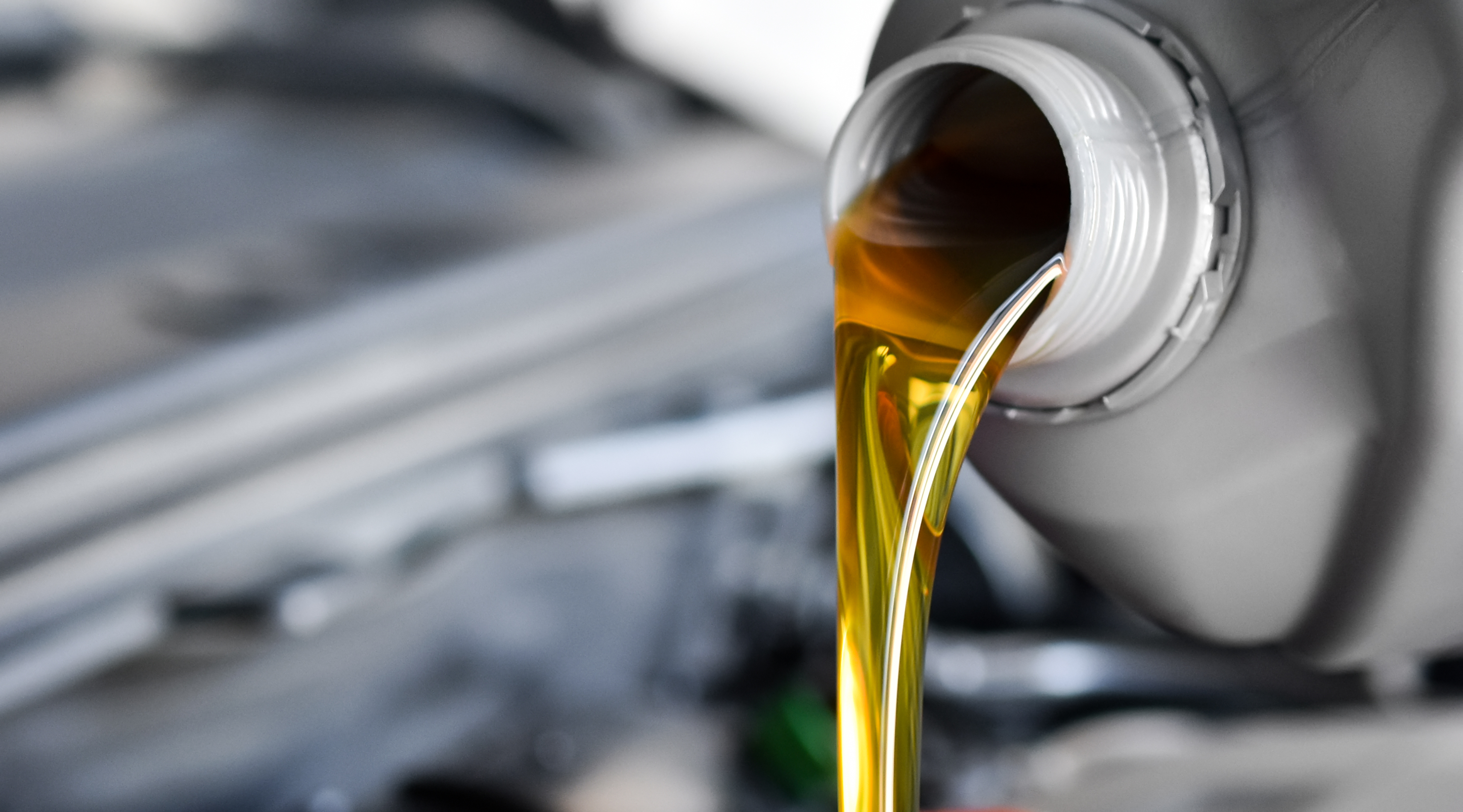 Seasonal weather shifts often lead to low engine fluids, as they thin or evaporate in warm temperatures. As summer approaches, it is crucial to ensure your car's fluids are optimal to maintain performance and avoid potential damage. Critical fluids to check include transmission, power steering, coolant, and windshield wiper.
Seasonal weather shifts often lead to low engine fluids, as they thin or evaporate in warm temperatures. As summer approaches, it is crucial to ensure your car's fluids are optimal to maintain performance and avoid potential damage. Critical fluids to check include transmission, power steering, coolant, and windshield wiper.
Why Check Your Coolant Fluid?
Coolant fluid is vital during summer because it prevents your car's engine from overheating. Here's a simple guide to help you check your car's coolant level:
Steps to Check Your Coolant Level
1. Open the Hood: Ensure your car is parked on a flat surface and the engine is cool.
2. Locate the Coolant Reservoir: Find the coolant reservoir, which is usually a translucent tank with a cap labeled with ""coolant" or ""antifreeze."
3. Undo the Cap: Carefully remove the cap from the coolant reservoir.
4. Check the Coolant Level: Look at the indicator lines on the side of the reservoir to see if the coolant level is within the recommended range.
5. Add Coolant if Necessary: If the coolant is below the minimum level, slowly add the appropriate type of coolant until it reaches the recommended level.
6. Reattach the Cap: Securely replace the cap on the coolant reservoir.
Need Help?
If you're uncomfortable checking the coolant levels or other engine fluids, your nearest mechanic can help you top everything off. Regular maintenance ensures your car runs smoothly and efficiently throughout the summer months.
By monitoring your vehicle's fluid levels, you can enjoy a worry-free driving experience all season long.